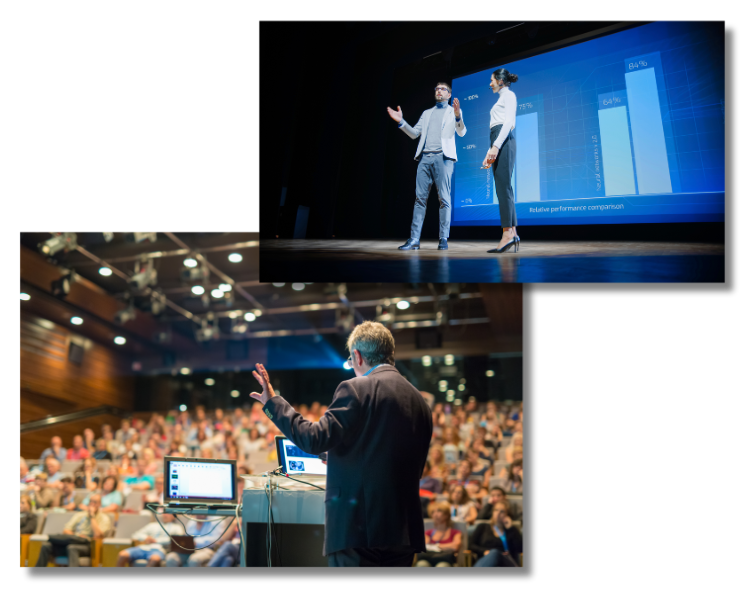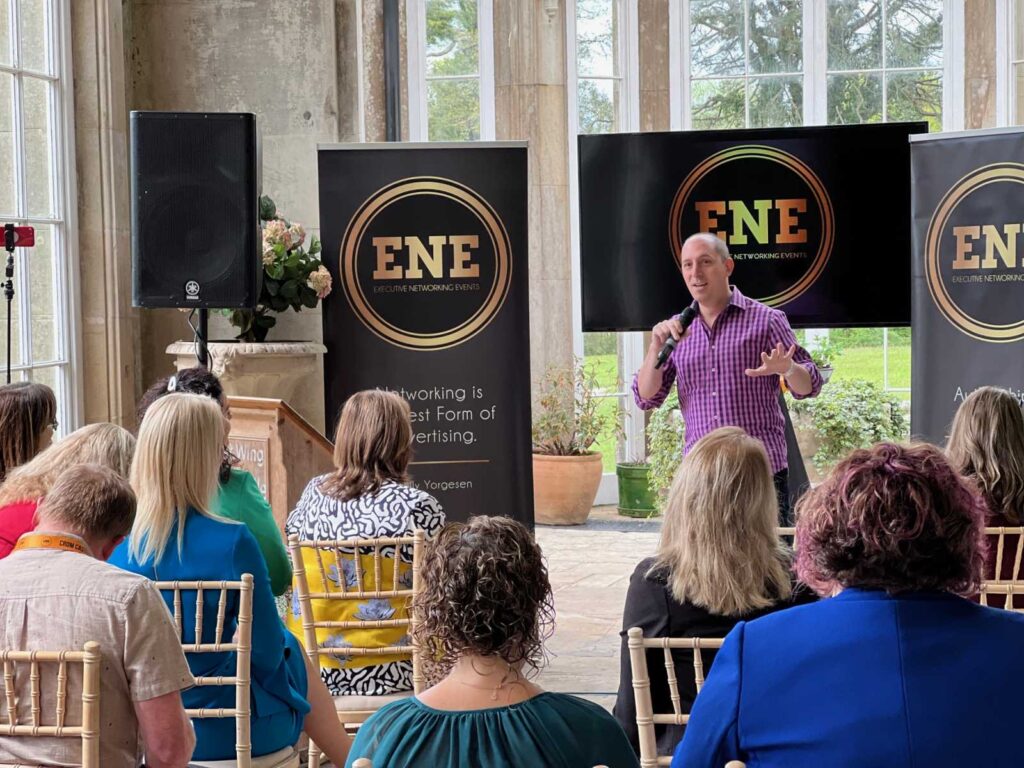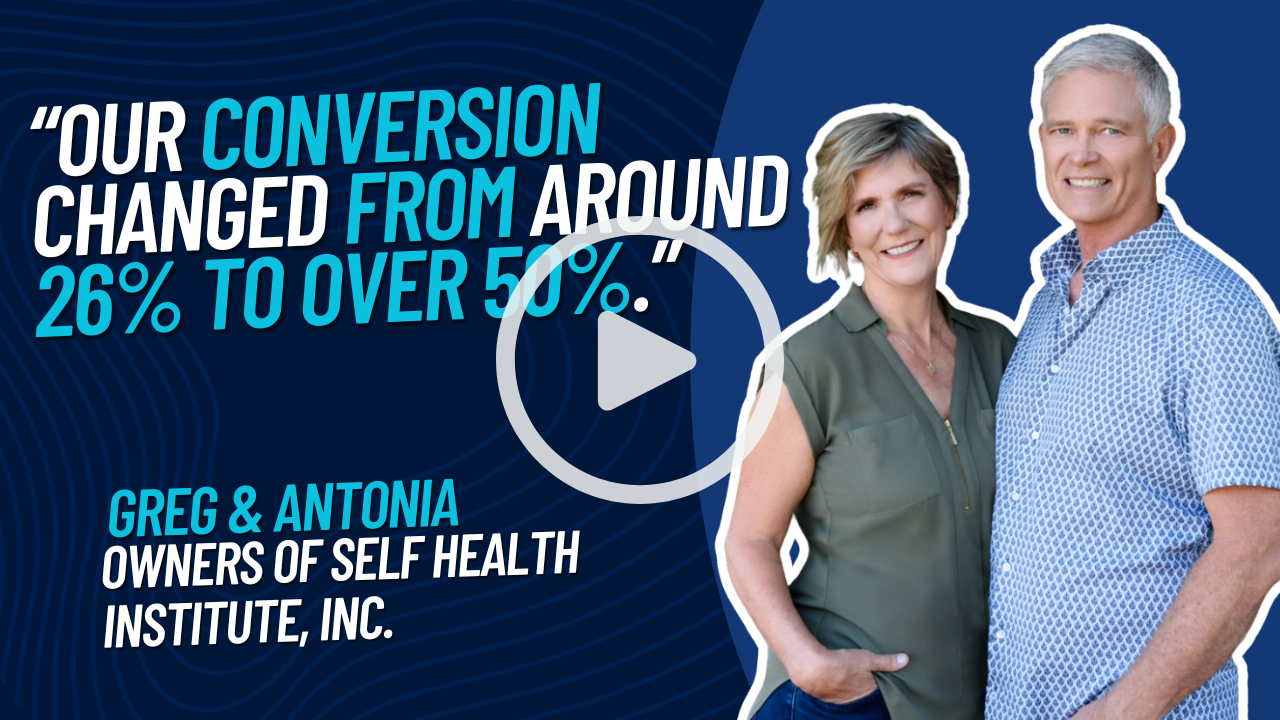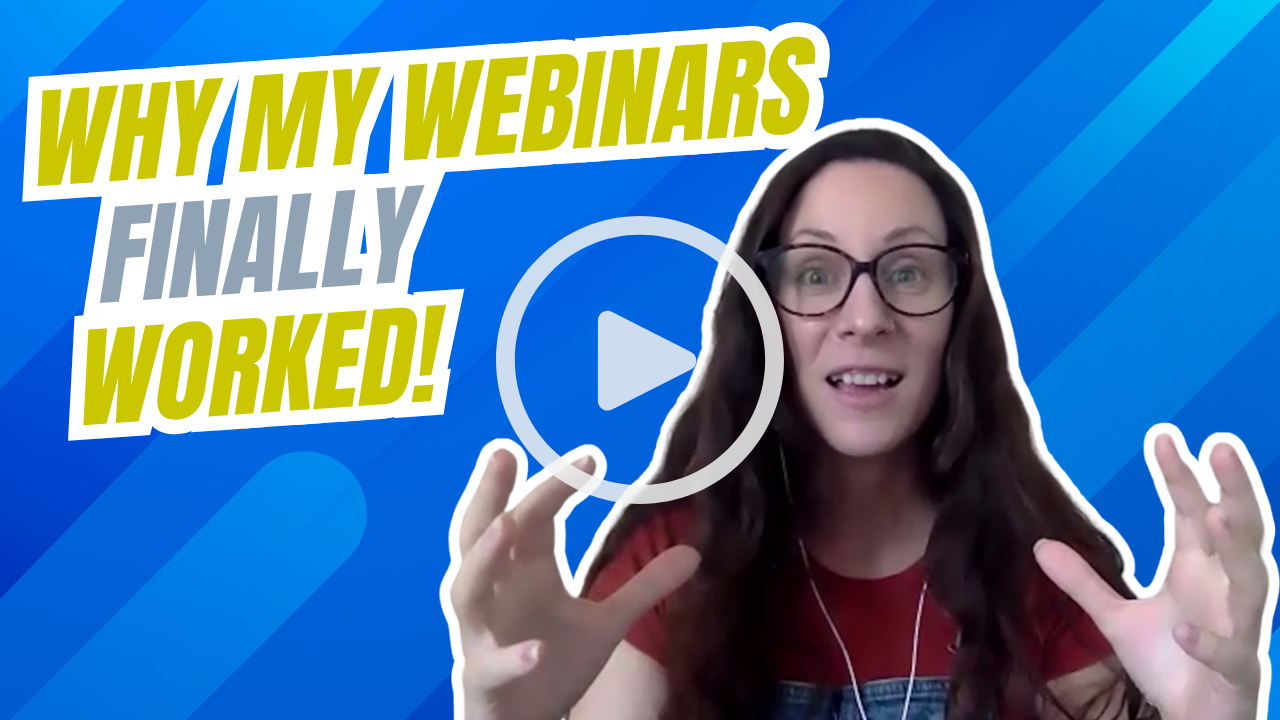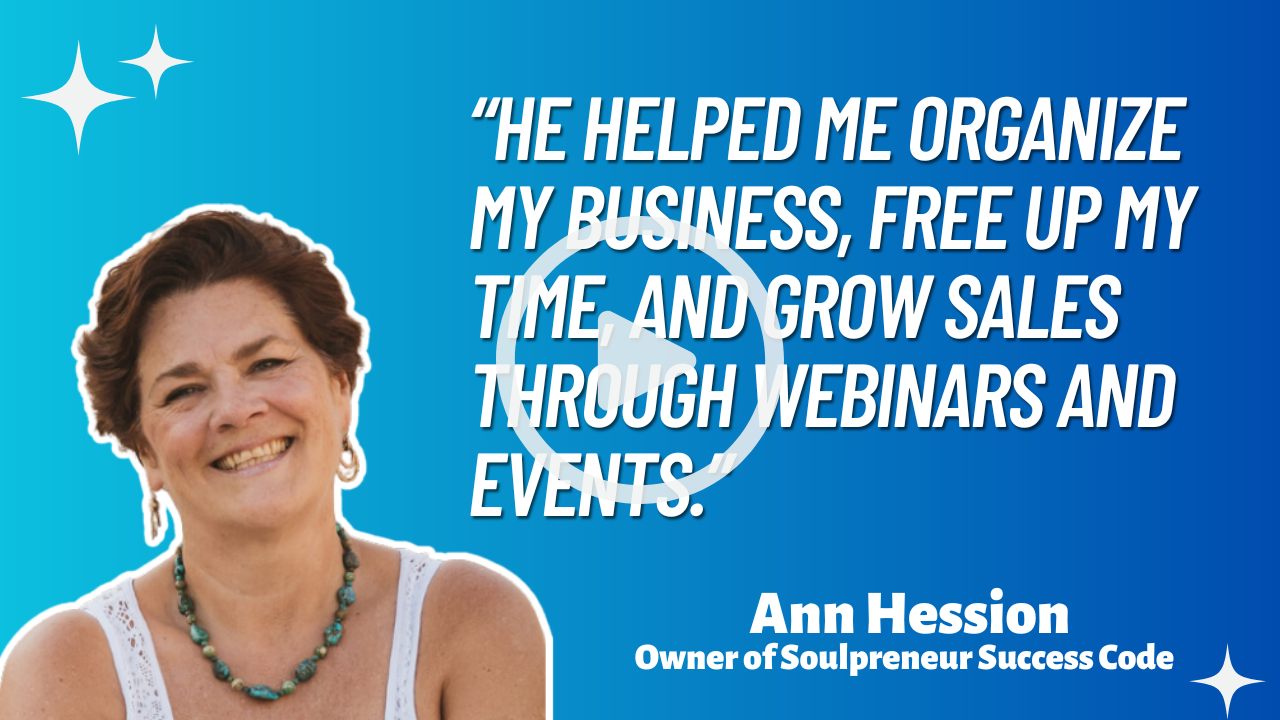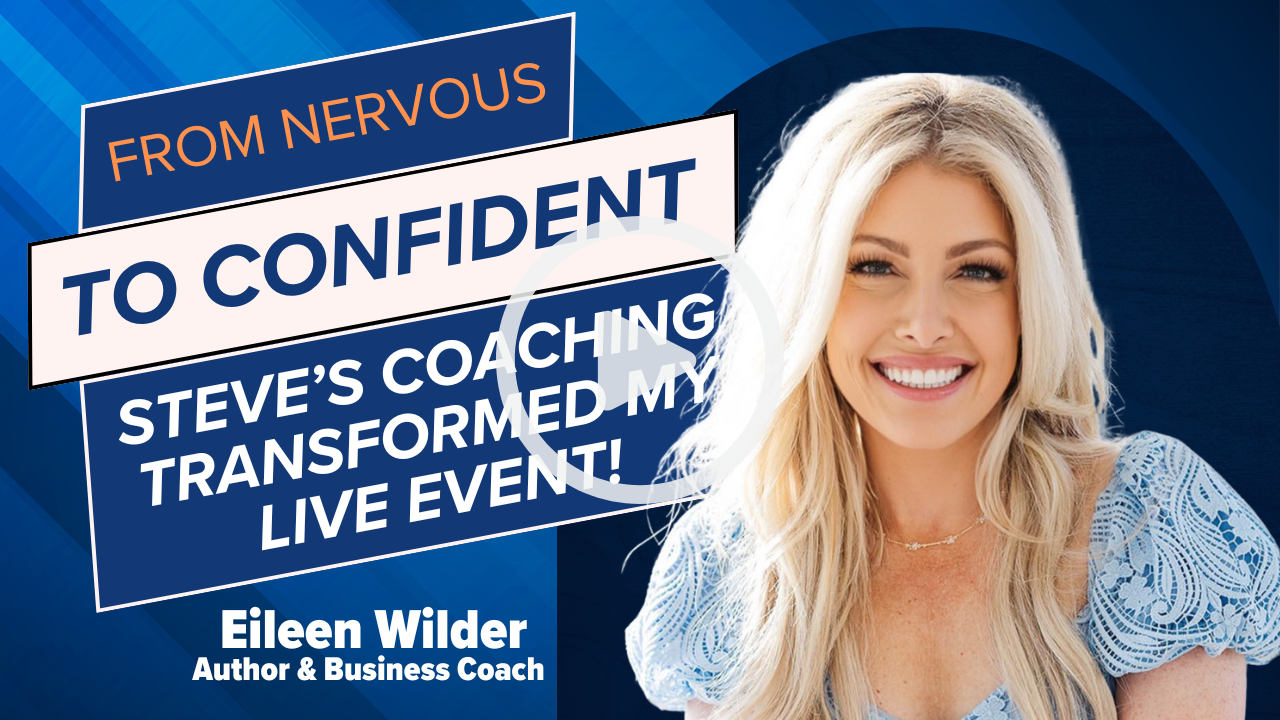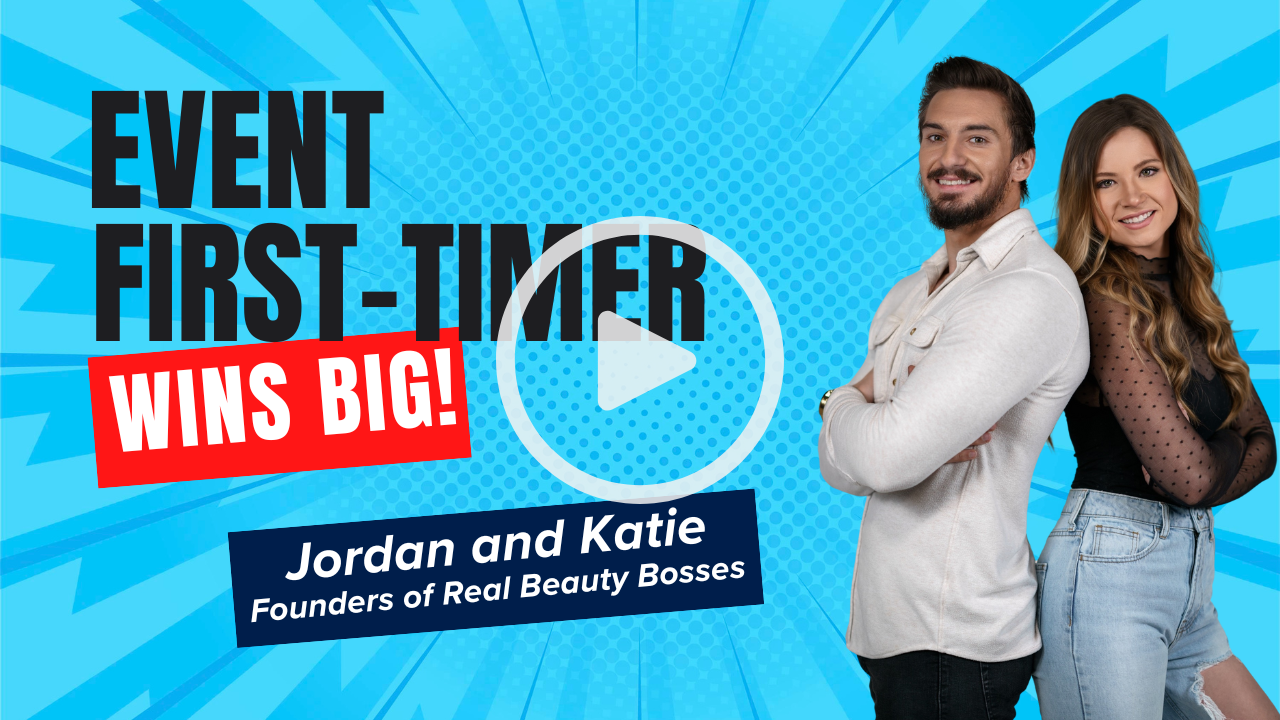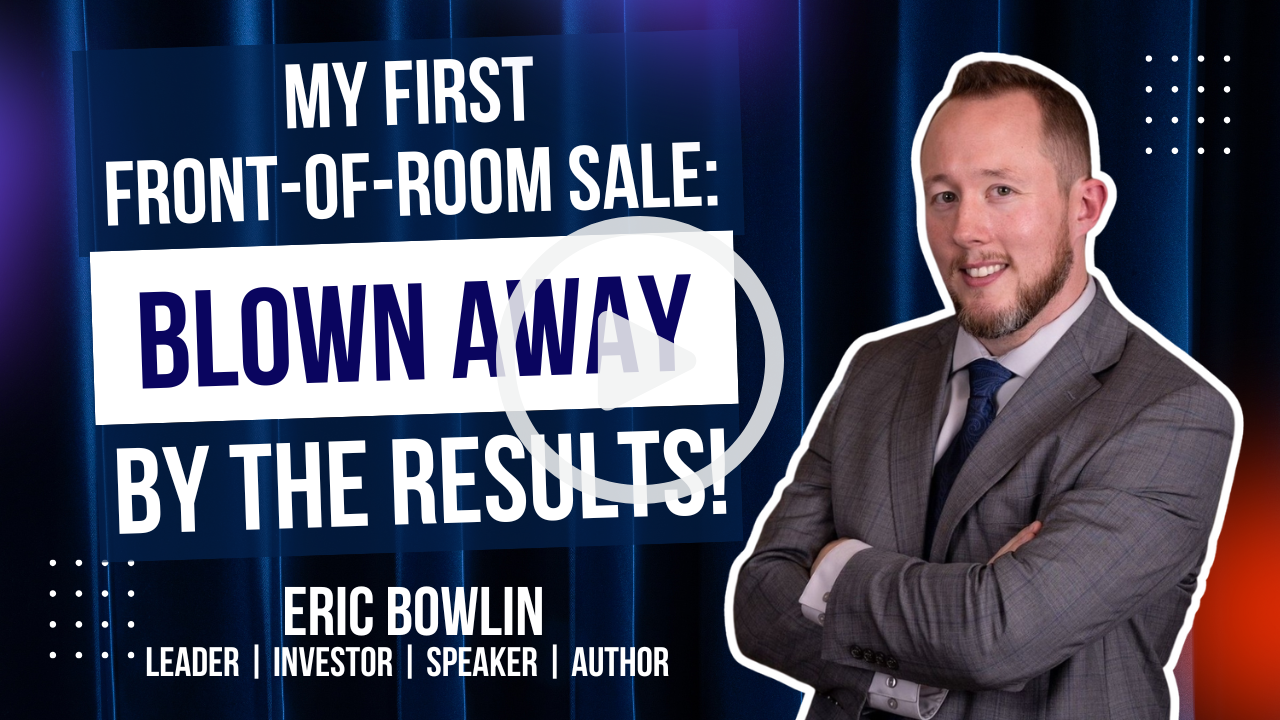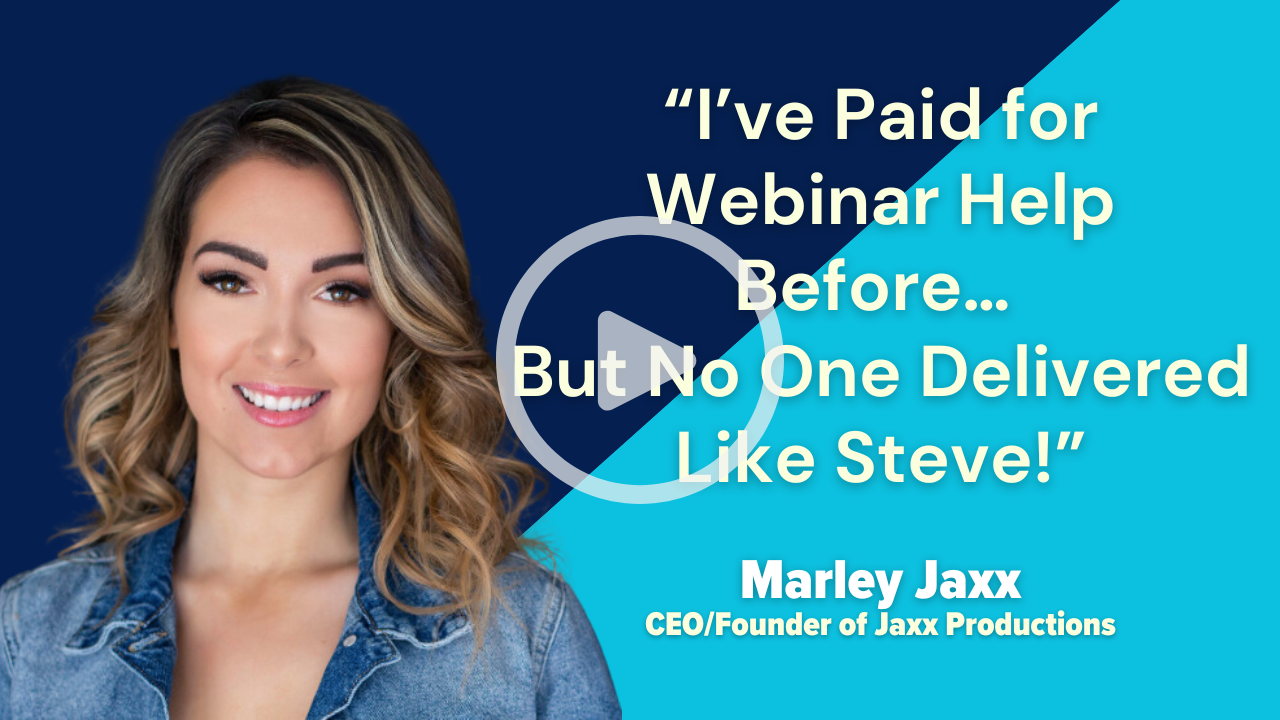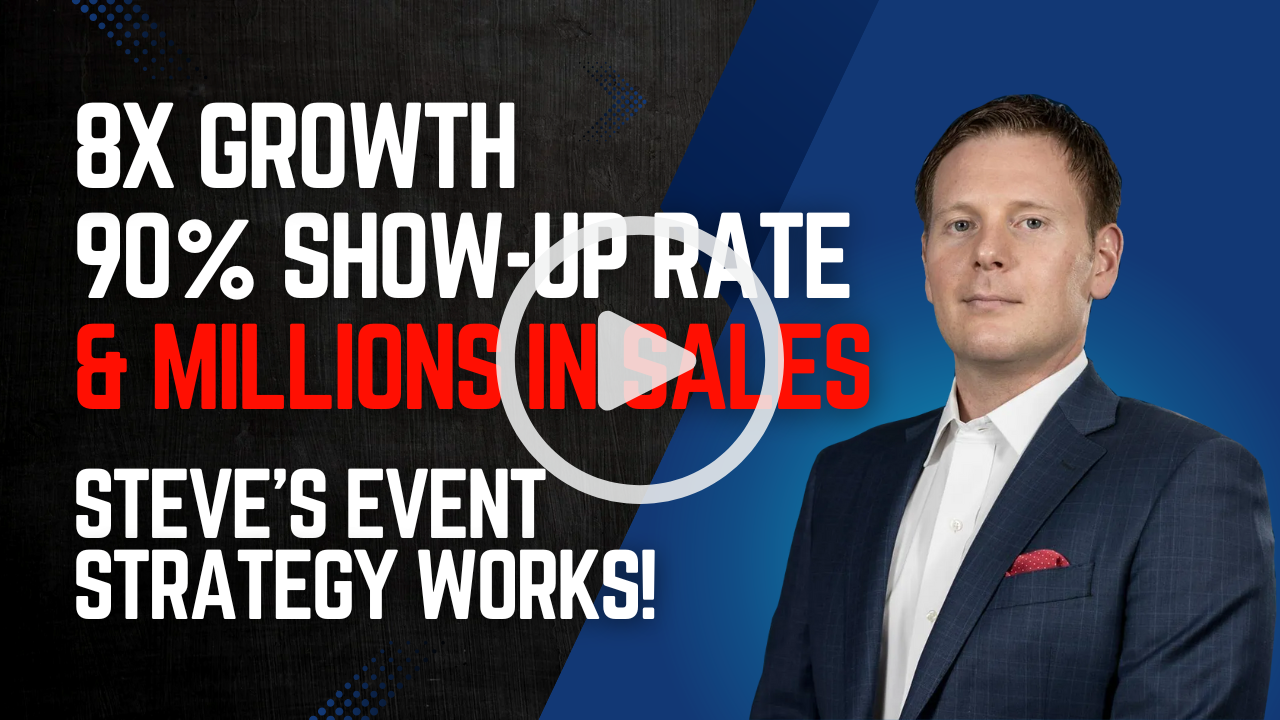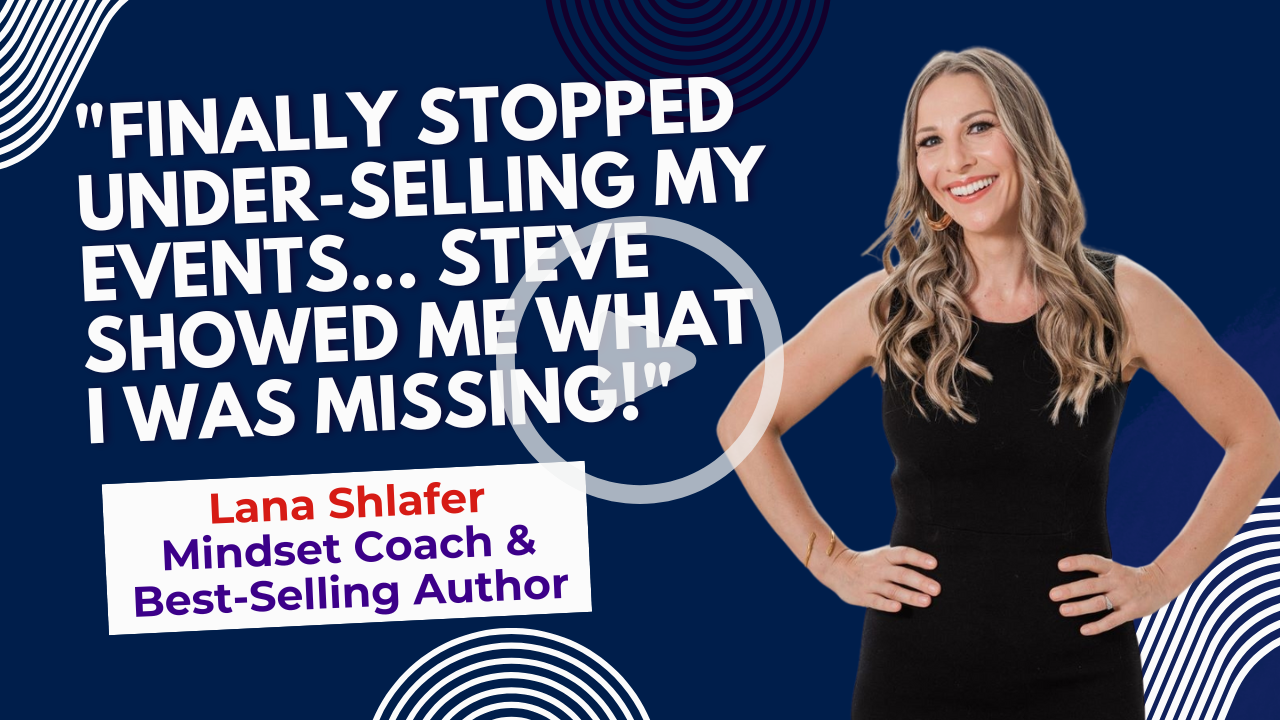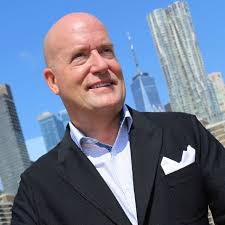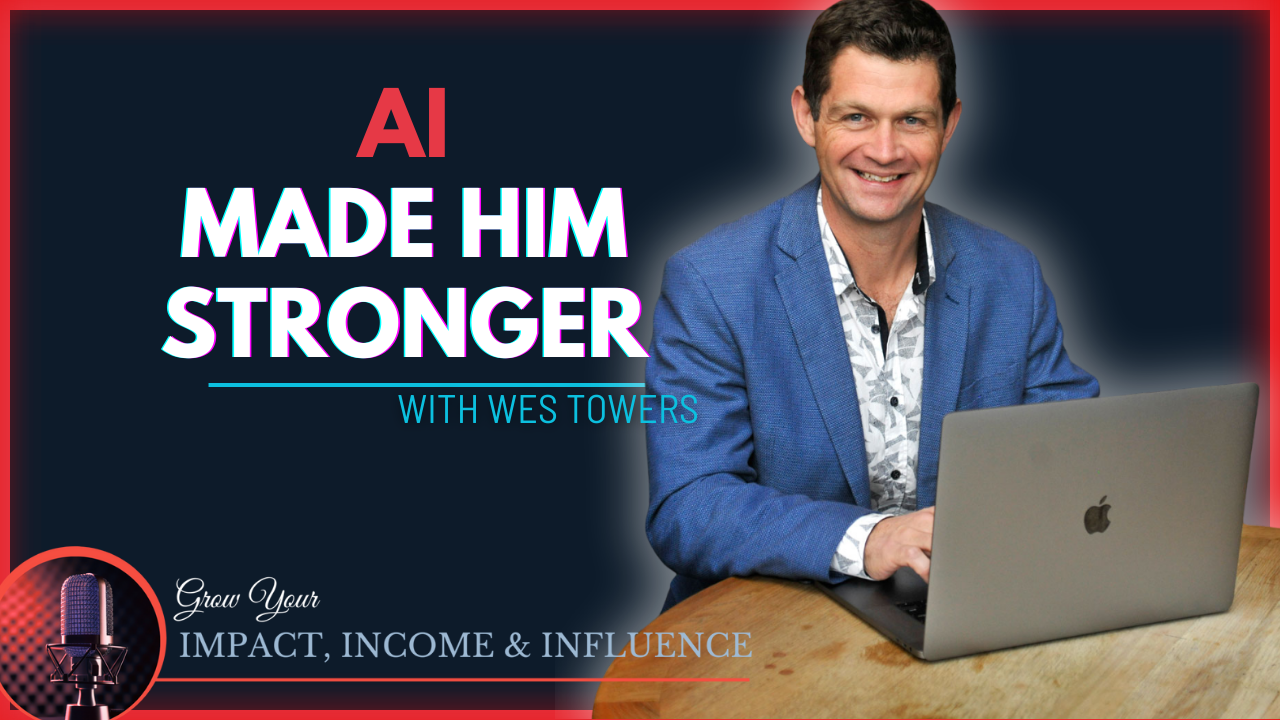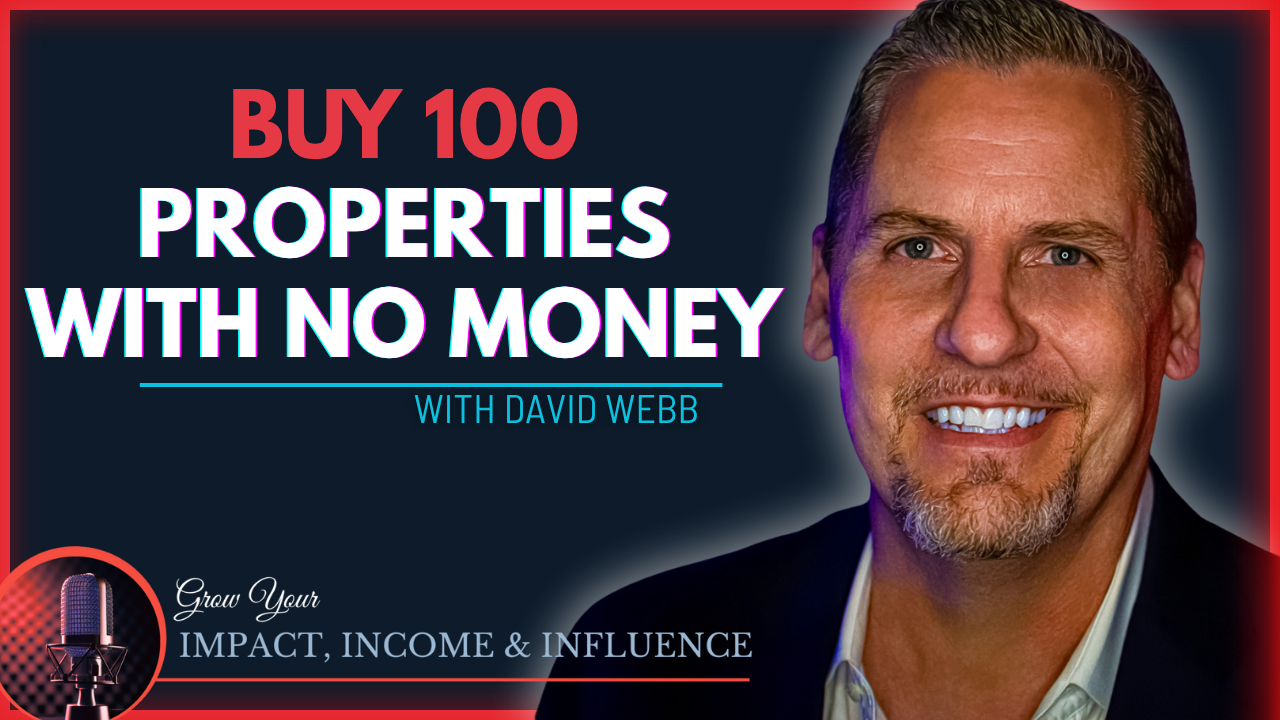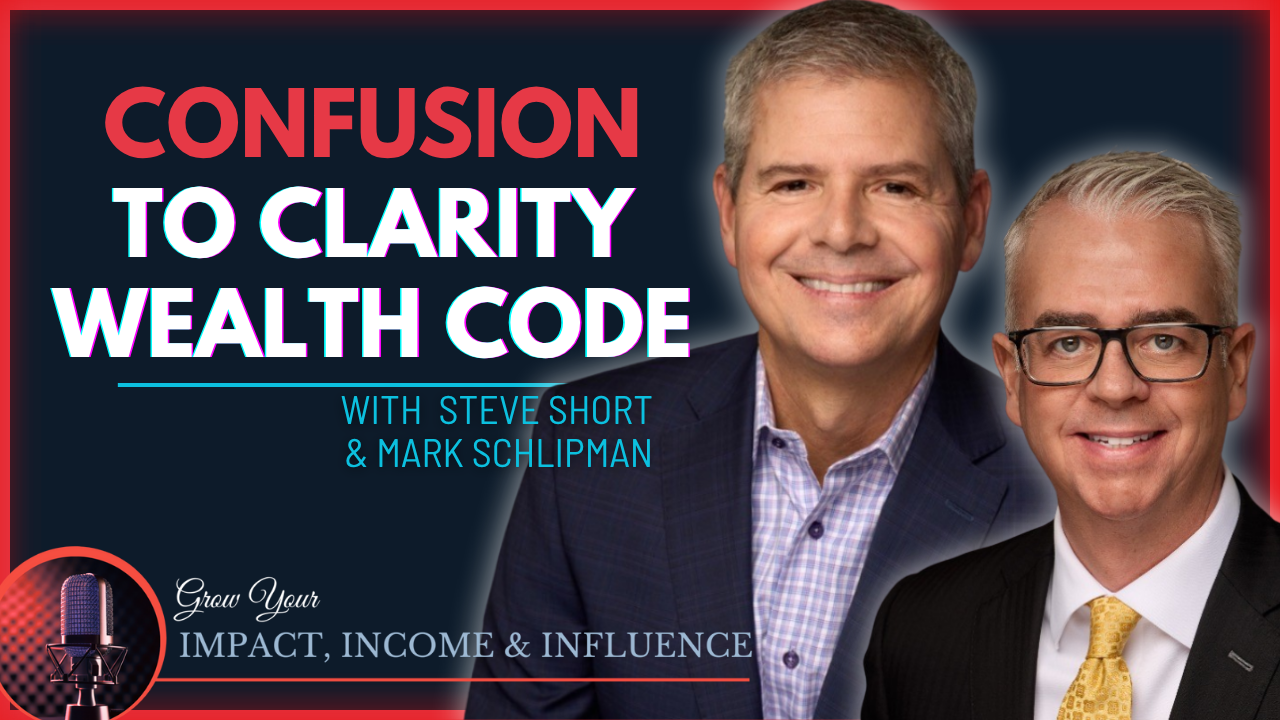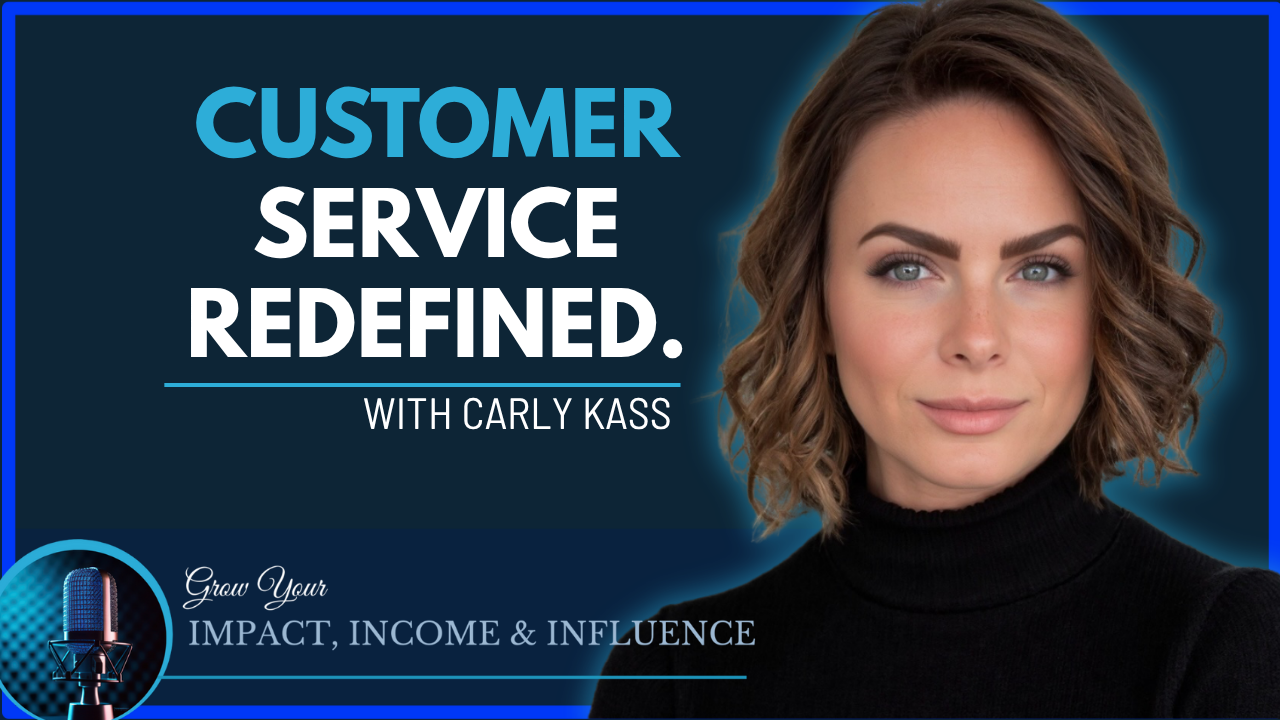Ever wrapped up a talk, looked around the room, and thought, “They get it. They’re nodding. They’re loving this…”—only to hear crickets when you make the offer?
Yeah. Been there.

Here’s the truth: Your audience is already saying yes in their heads. But unless you guide them with empathy, clarity, and a bold call to action, that silent yes never turns into a real one.
Let’s talk about how to bridge that gap—so your next audience doesn’t just feel your message… they respond to it.

Pop in your email below, and we’ll zip it straight to your inbox so you never lose it!
Get to the Point—Then Make the Point Matter
The first rule of audience conversion? Get to the point. Rambling kills momentum. If your message isn’t crystal clear to the listener—you’ll lose them long before the offer.
You can be the most captivating speaker on stage, but if your audience doesn’t know what you want them to do, they’ll walk away impressed but unmoved.
Here’s the sometimes overlooked step: Know what you want before you step on stage. Rehearsal isn’t just about timing—it’s about refining your message so it’s easy to say yes to.
Speak to What They Already Feel (But Haven’t Said Out Loud)

Sales isn’t about pushing—it’s about empathy. Most people already want what you’re offering. They just haven’t given themselves permission to say yes yet.
So how do you help them say it out loud?
Call out their pain (gently but directly)
Validate their dreams
Paint the path forward
Make the ask simple
When you speak to what someone is feeling—but hasn’t said—you make the “yes” feel safe.
Don’t downplay that feeling you get when you see heads nodding. That’s your cue. Lean into it.
Know When to Ask—And When to Walk Away
Here’s where most people choke: they ask someone to buy before that internal “yes” is ready—or worse, they never ask at all.
You have to develop the ability to walk away from your work with confidence. If you’ve done your job, made your offer, and shown up with heart… let them decide.
Desperation is loud. Confidence is louder.
There’s a difference between “trying to convince” and “creating clarity.”
Your type of work—whether you’re coaching, selling from stage, or leading workshops—is about guiding someone to a decision they already want to make.
The best speakers don’t pressure the sale. They open the door, step back, and let the audience walk through.
If They’re Saying Yes Internally—Make It Easy to Say It Out Loud
You don’t need to force it. Just clear the runway. When you deliver the right message to the right listener in the right way, your audience will do the rest.
Be clear.
Be empathetic.
Be bold enough to ask.
Then get out of the way.
That’s how you go from “nice talk” to “shut up and take my card.”












